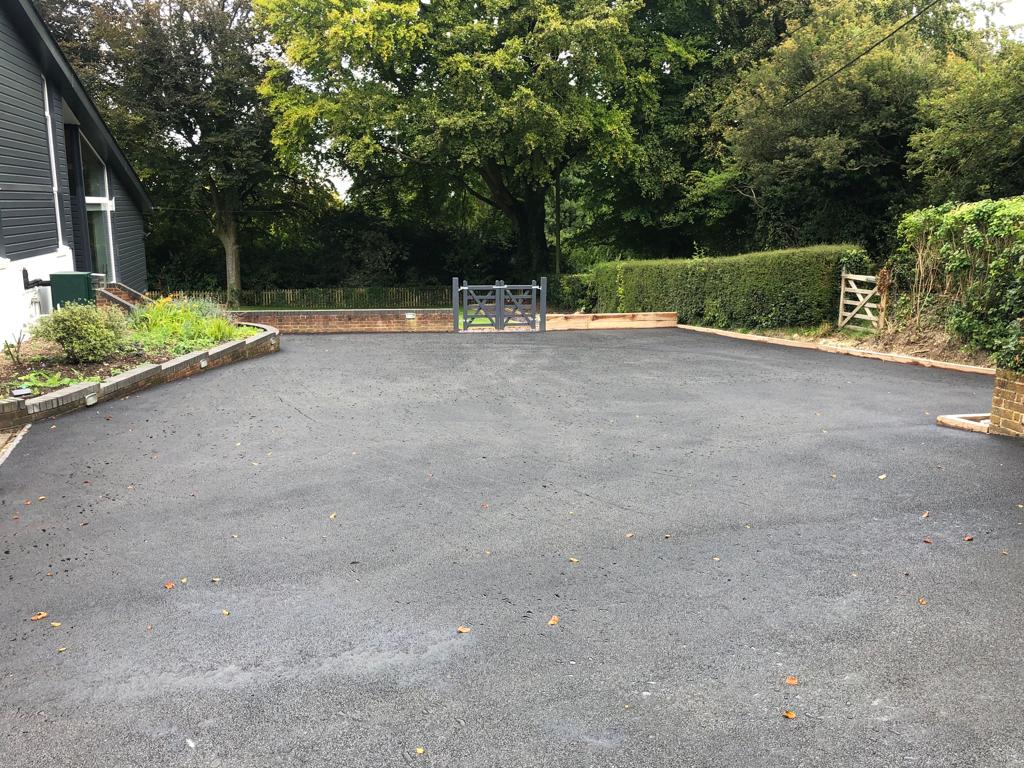Introduction: Ensuring optimal soil health and fertility is crucial for any agricultural or landscaping endeavour. At Werribee Road Tech, we recognise the importance of effective grading techniques in achieving and maintaining these essential aspects of soil quality. In this blog post, we will delve into the key principles of grading, its benefits for soil health, and practical tips for implementing grading effectively.
Understanding Grading
Grading refers to levelling or shaping the land surface to achieve a desired slope, contour, or drainage pattern. It involves manipulating the soil to enhance its usability, stability, and productivity. This technique is commonly used in various applications, including agriculture, construction, and landscaping.
Benefits of Effective Grading
- Improved Drainage:
- Why It Matters: Proper grading prevents waterlogging and ensures adequate drainage, reducing the risk of soil erosion and water runoff.
- Impact: Helps maintain soil structure and nutrient availability for healthier plant growth.
- Enhanced Nutrient Distribution:
- Why It Matters: Grading helps distribute nutrients evenly across the soil profile.
- Impact: Promotes balanced nutrient uptake by plants, improving overall fertility and productivity.
- Erosion Control:
- Why It Matters: Correctly graded surfaces reduce the risk of soil erosion caused by wind or water.
- Impact: Preserves topsoil integrity and minimises nutrient loss, preserving soil health over the long term.
- Optimised Plant Growth:
- Why It Matters: Properly graded soil provides an ideal environment for root development and plant growth.
- Impact: Supports healthier vegetation, leading to better crop yields or a flourishing landscape.
Key Grading Techniques
- Contour Grading:
- Method: Follows the natural contours of the land to control water flow and minimise soil disturbance.
- Benefit: Preserves soil structure and minimises erosion while enhancing water retention.
- Precision Levelling:
- Method: Achieves a uniform surface level for consistent irrigation and planting.
- Benefit: Facilitates efficient water distribution and nutrient absorption by plants.
- Subsoiling:
- Method: Loosens compacted soil layers beneath the surface without disturbing topsoil.
- Benefit: Improves soil aeration, root penetration, and water infiltration.
- Grading for Drainage:
- Method: Creates slopes or channels to redirect water away from sensitive areas.
- Benefit: Prevents water accumulation and potential damage to crops or structures.
Implementing Effective Grading Practices
- Assess Soil Conditions:
- Action: Conduct soil tests to determine texture, nutrient levels, and drainage characteristics.
- Benefit: Tailor’s grading techniques to specific soil requirements, ensuring optimal results.
- Plan Ahead:
- Action: Develop a grading plan based on site analysis, including desired slopes, drainage paths, and planting areas.
- Benefit: Minimises errors and maximises efficiency during the grading process.
- Use Suitable Equipment:
- Action: Choose appropriate grading equipment such as bulldozers, graders, or laser-guided systems.
- Benefit: Ensures precision and accuracy in achieving desired grading outcomes.
- Monitor and Maintain:
- Action: Regularly inspect graded areas for signs of erosion, compaction, or drainage issues.
- Benefit: Allows timely adjustments and maintenance to preserve soil health and fertility.
Conclusion: Effective grading techniques are essential for maintaining soil health and fertility supporting sustainable agriculture, landscaping, and construction practices.
Call us on: 03 4159 2883
Click here to find out more about Werribee Road Tech
Click here to complete our contact form and see how we can help you with your road needs.

